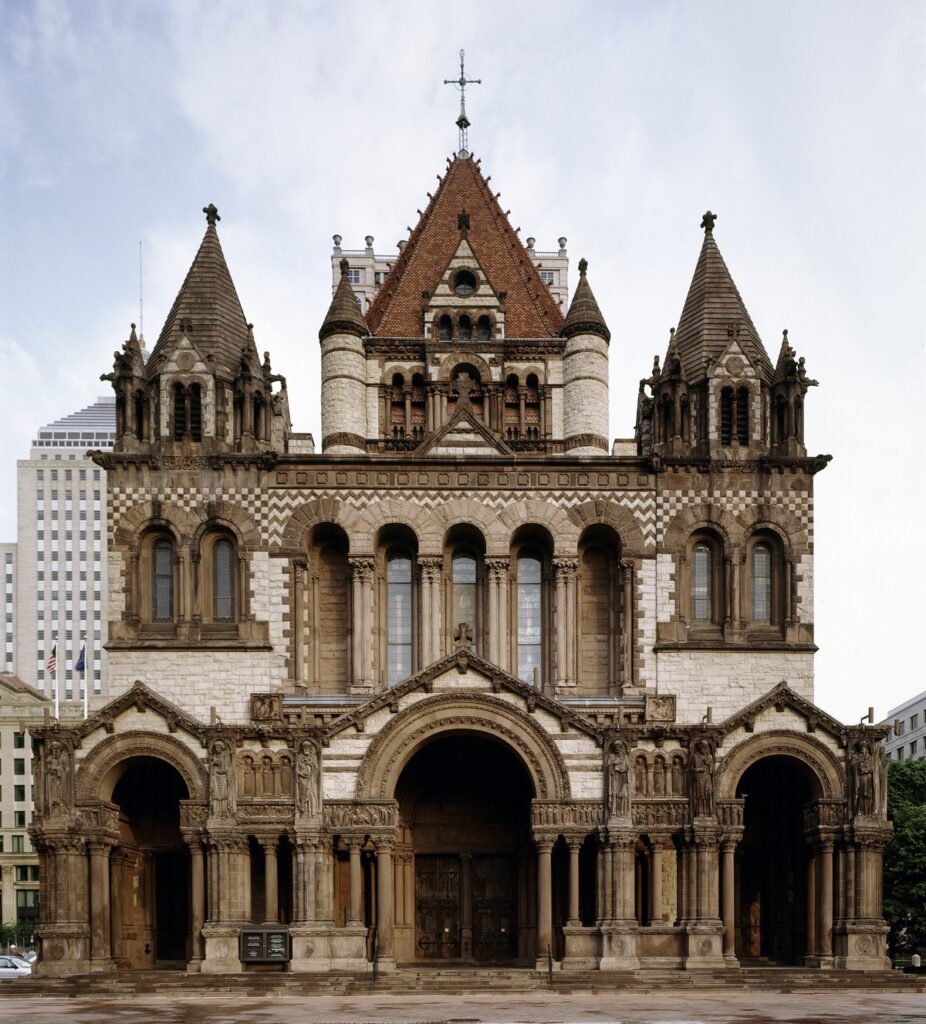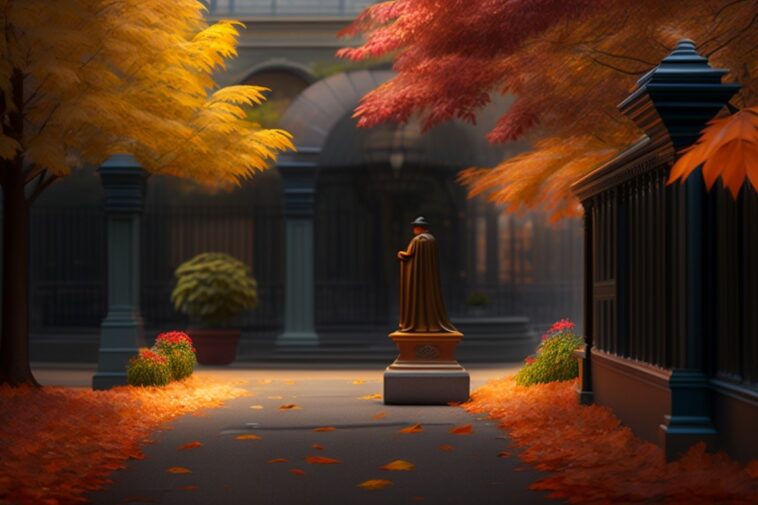Every city has its iconic structures, the architectural darlings that define its skyline and symbolize its identity. In the US, buildings like the Statue of Liberty, the White House, and the Golden Gate Bridge come to mind. But beyond these illustrious landmarks lie other architectural wonders, often overlooked but no less remarkable. They are the hidden gems of American architecture, each bearing the indelible imprint of the country’s vibrant history and diverse culture.
The Forgotten Marvels of Industrial Architecture
During the height of the industrial revolution, factories and warehouses were not merely functional structures; they were magnificent edifices that mirrored the optimism of the era. While many have been lost to time, some survive, mostly unnoticed. For instance, Bethlehem Steel’s headquarters in Pennsylvania is an imposing testament to the golden age of steel production. Today, these structures serve as a poignant reminder of America’s industrial past.
The Role of Local Movers in Preserving Architectural Heritage
Preserving these architectural treasures often requires them to be moved to new locations to save them from demolition or encroaching urban development. Here is where services like those of a Safebound local moving company in West Palm Beach come in. These professionals play a critical role in such complex preservation projects, handling with care the transport of precious architectural fragments or, in some cases, entire buildings.
Lesser-known Residential Wonders
American residential architecture also holds hidden gems. The Painted Ladies of San Francisco, while well-known, overshadow other notable structures like the beautiful Victorian houses in Savannah, Georgia, or the Carpenter Gothic cottages in Martha’s Vineyard. Moreover, the striking mid-century modern houses of Palm Springs, California, deserve mention for their distinct style that blends indoor and outdoor spaces seamlessly.

Public Spaces with Forgotten Architectural Significance
Even some public spaces host forgotten architectural marvels. Consider the case of the Cincinnati Union Terminal, an Art Deco masterpiece, or the Peabody Library in Baltimore, an architectural wonder of cast-iron balconies and skylights. These spaces, often overshadowed by their more famous counterparts, are rich in architectural and cultural history.
Global Impact on American Architecture
The architectural landscape of America is a melting pot of global influences. While the Greek Revival style is prominently seen in the Capitol building, traces of French Gothic architecture can be found in the lesser-known Trinity Church in Boston. The Spanish mission style, prevalent in the Southwest, lends its charm to structures like San Xavier del Bac in Tucson. These structures, though not as famous as their counterparts, bear testimony to the global influences that have shaped America’s architectural tapestry.

Breathing New Life into Old Structures
In recent years, a trend of repurposing old, often forgotten, architectural structures has gained momentum. Warehouses are being transformed into trendy lofts, old barns are given a new lease of life as cozy B&Bs, and decommissioned churches are becoming unique community spaces. A striking example is the transformation of the Boston Police Department headquarters into the modern and chic Liberty Hotel. This trend not only preserves architectural history but also promotes sustainability by minimizing the need for new construction.
Decoding Architectural Styles
Understanding different architectural styles can enhance our appreciation for these lesser-known structures. Here are some key hallmarks of various styles that often feature in America’s hidden architectural gems:
- Greek Revival: Look for grand columns, gabled roofs, and symmetrical shapes. This style was popular in the mid-19th century and can be seen in many public buildings and private homes.
- Victorian: Known for ornate details, steep pitched roofs, and distinctive tower-like structures. Victorian homes often have vibrant color schemes.
- Art Deco: Streamlined, geometric patterns and use of modern materials like steel and glass are the key characteristics. Art Deco structures often feature terraced, ziggurat-like facades.
- Mid-Century Modern: Open floor plans, flat planes, and large glass windows define this style. Mid-century homes often blend indoor and outdoor spaces seamlessly.
Recognizing these features can make your next architectural discovery all the more exciting.
In general, it can be said that
America’s architectural landscape is far richer than what first meets the eye. Beyond the familiar icons, countless underrated structures tell fascinating stories of the country’s past and reflect its architectural evolution. The next time you journey through American cities, look beyond the famous landmarks. You might discover a hidden architectural gem, a silent sentinel of a bygone era, adding a touch of magic to an everyday street corner.





